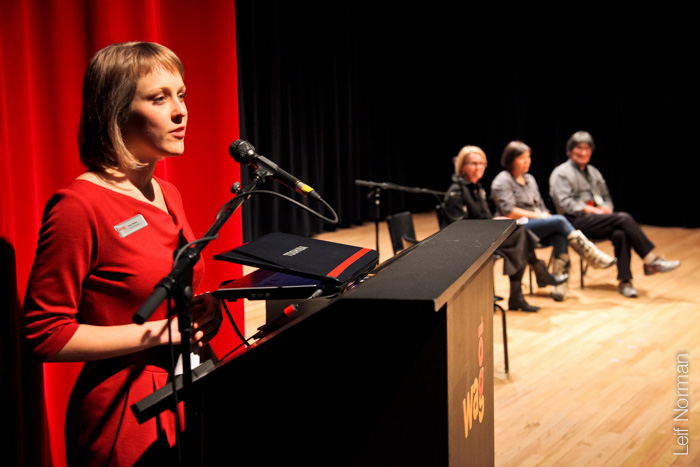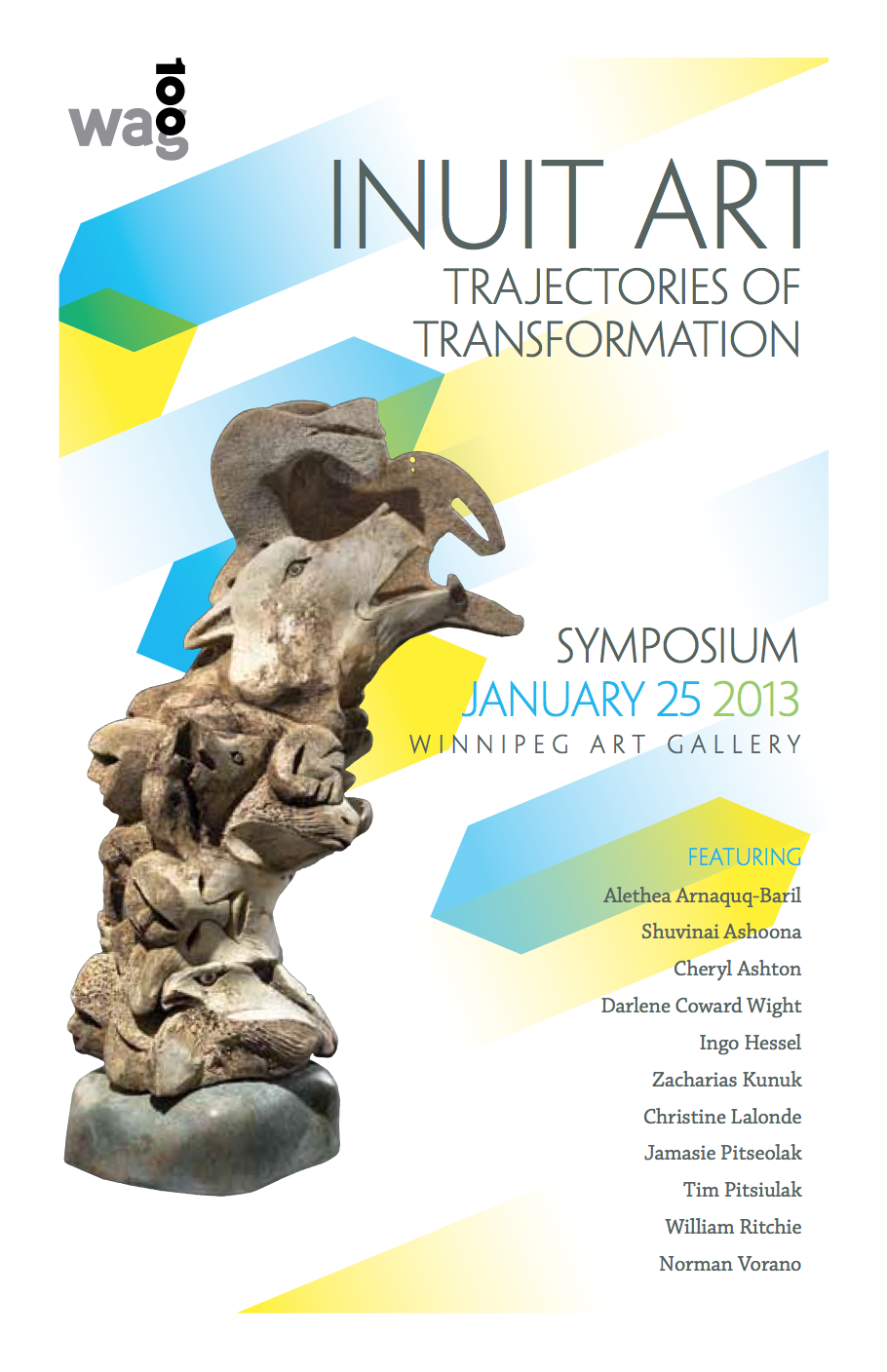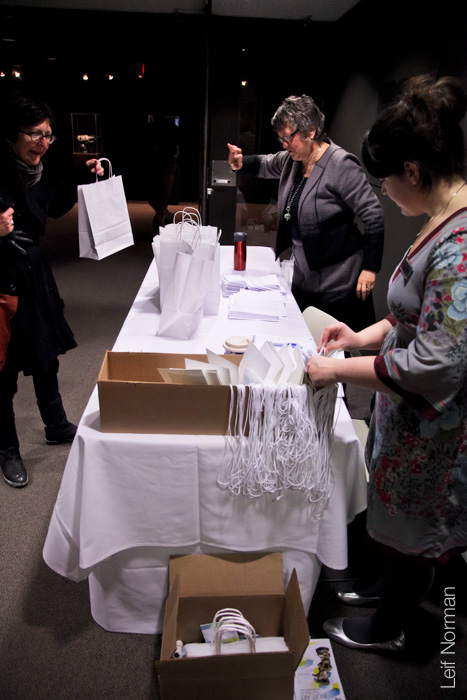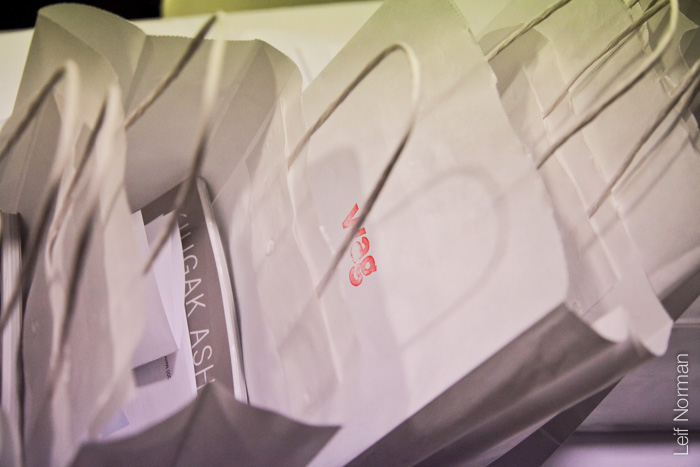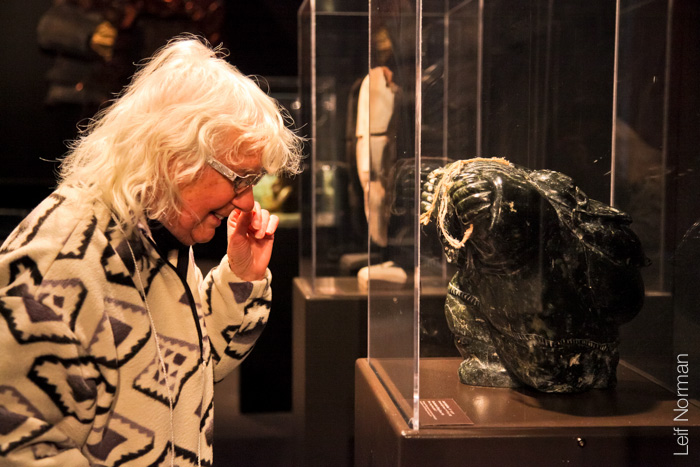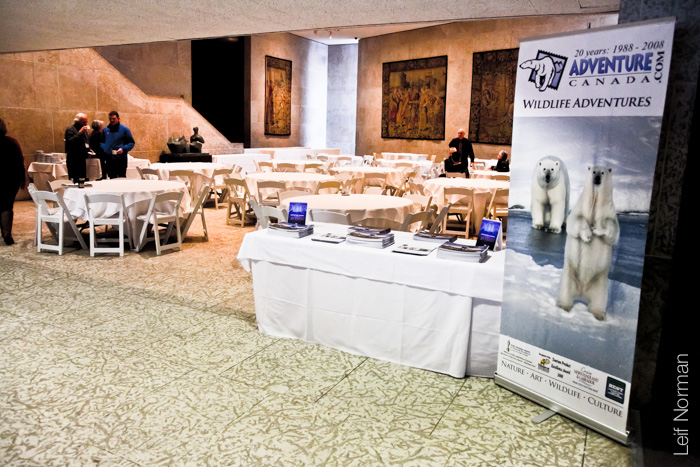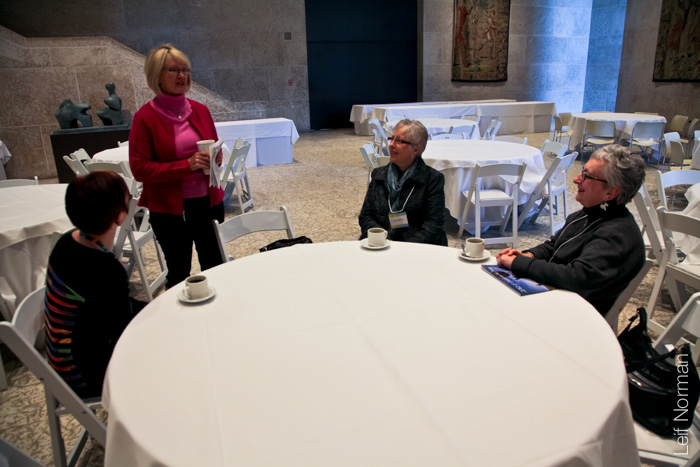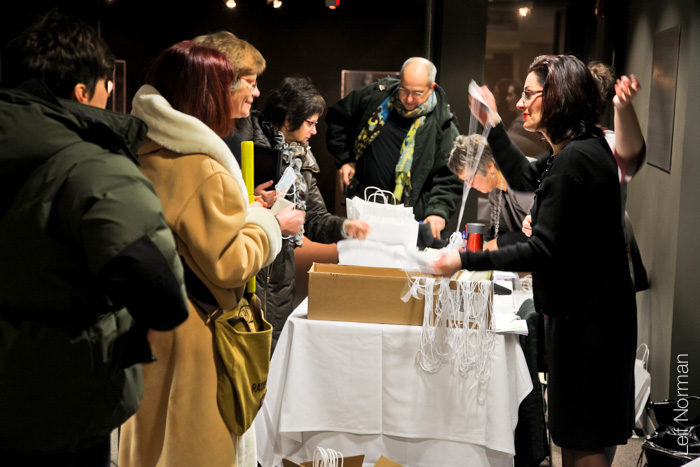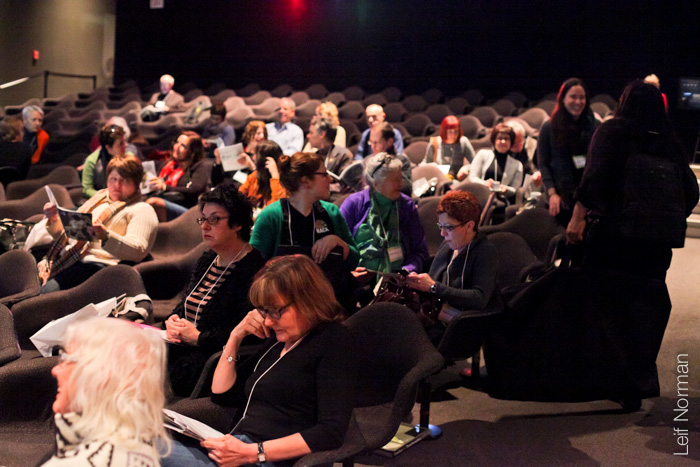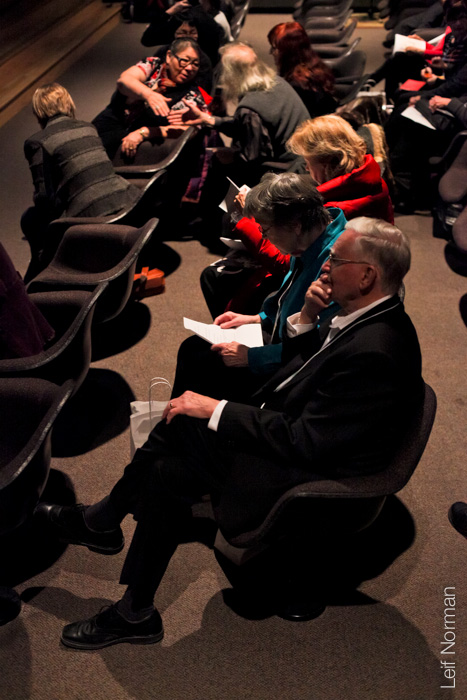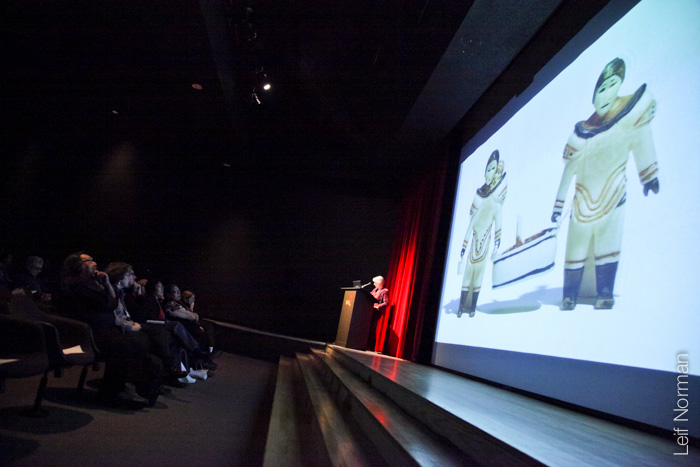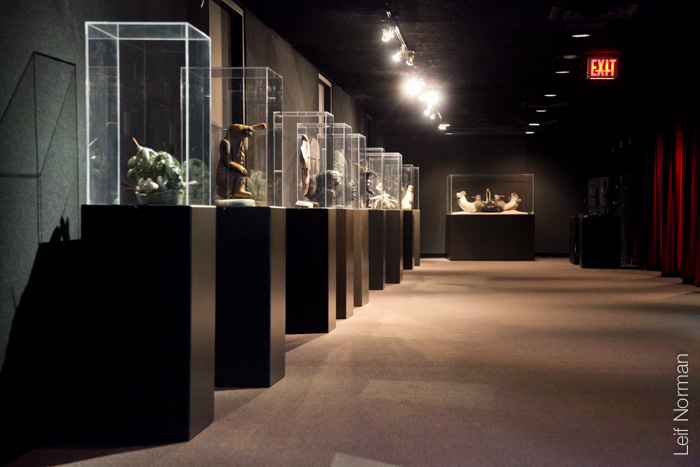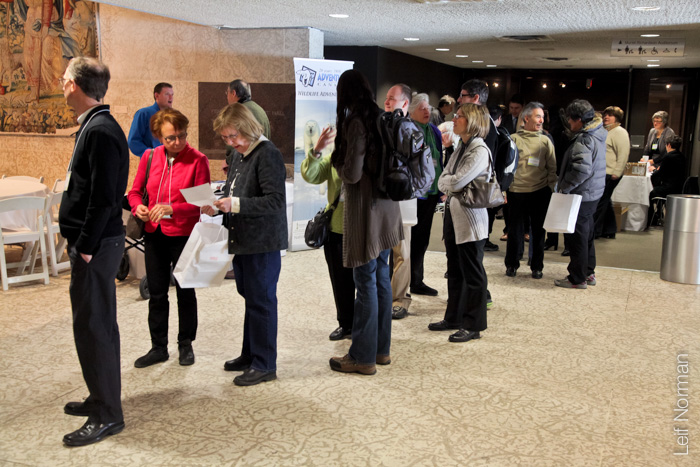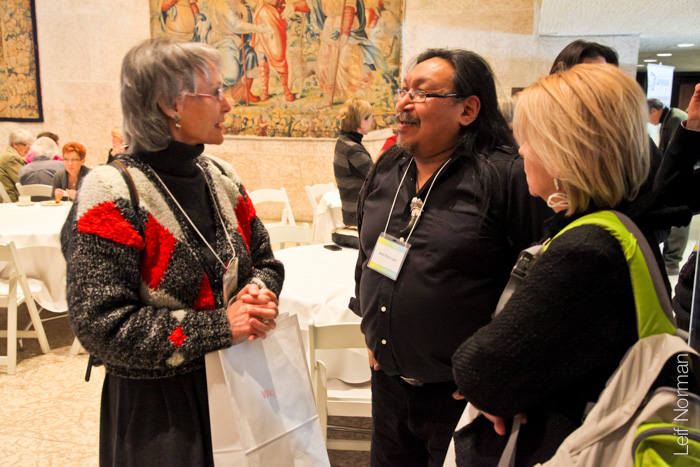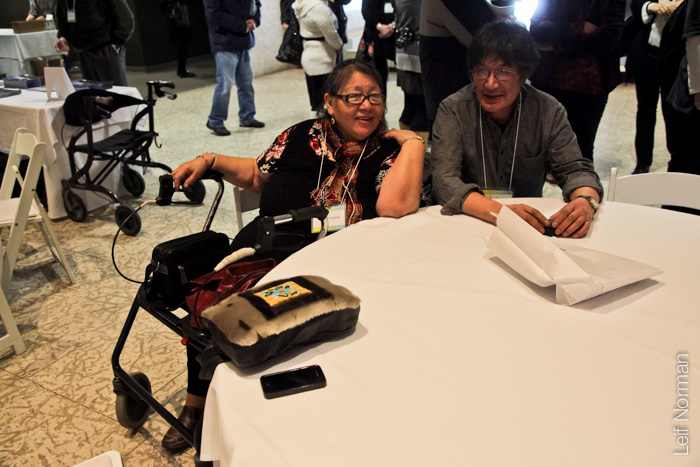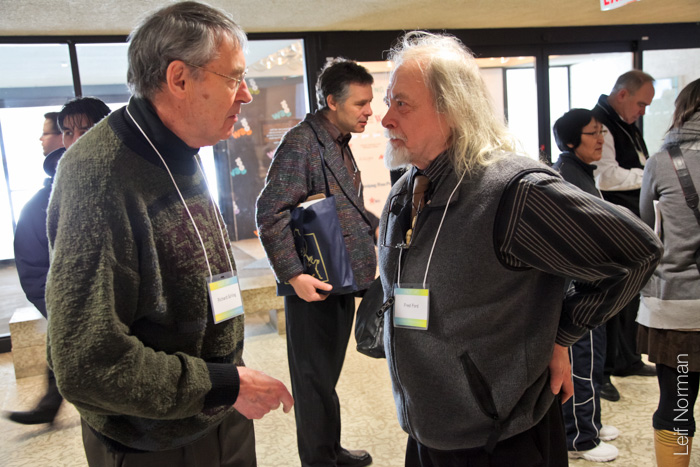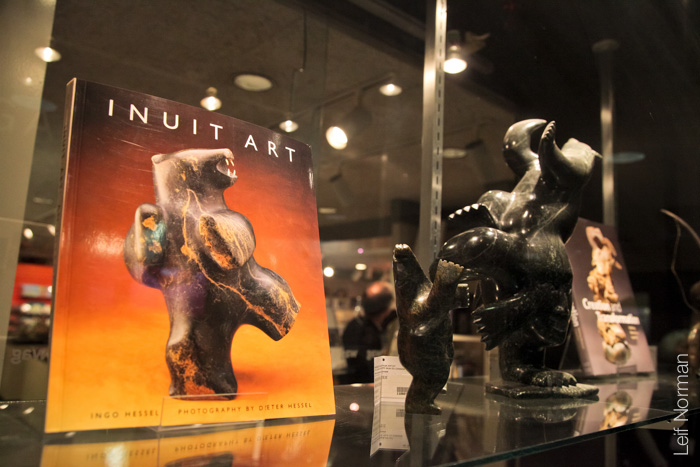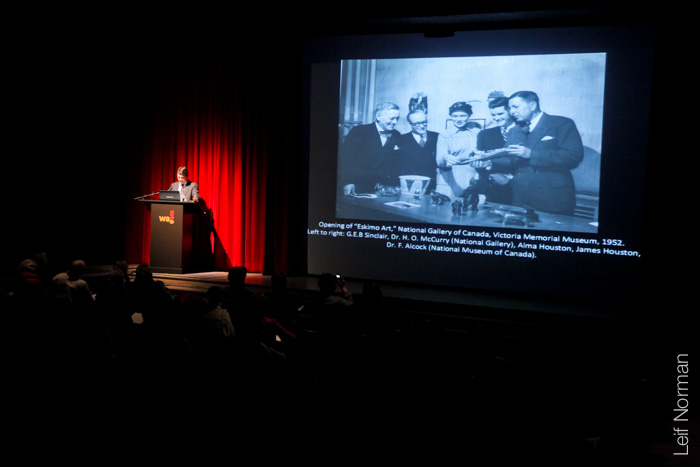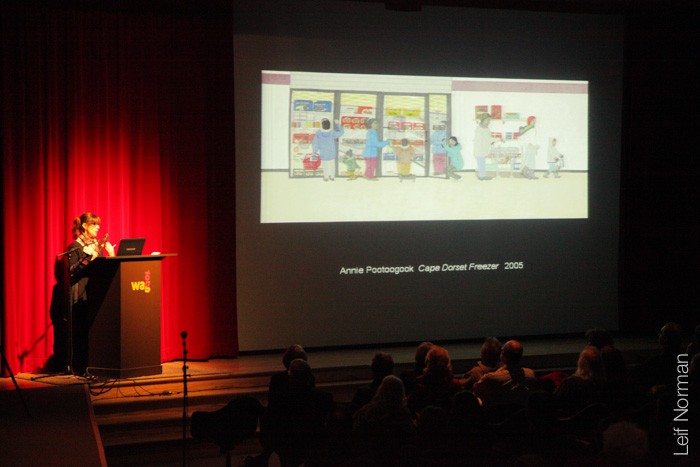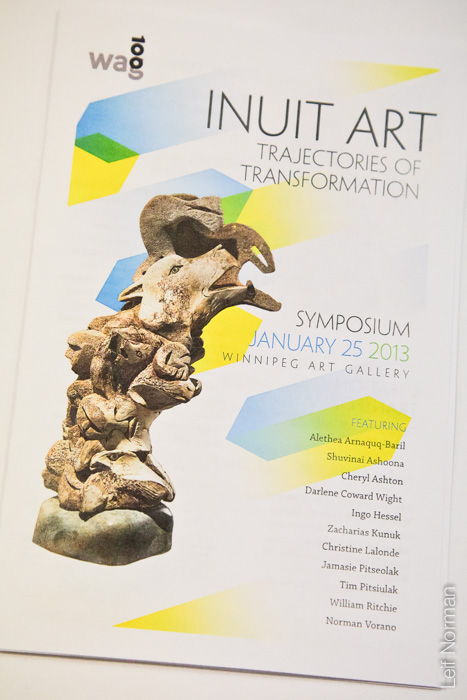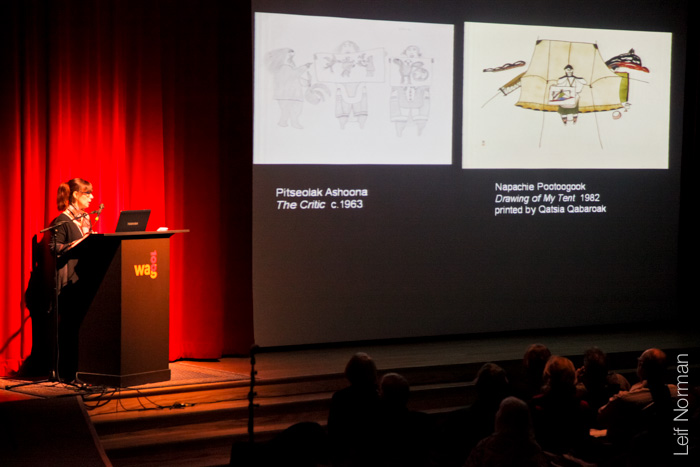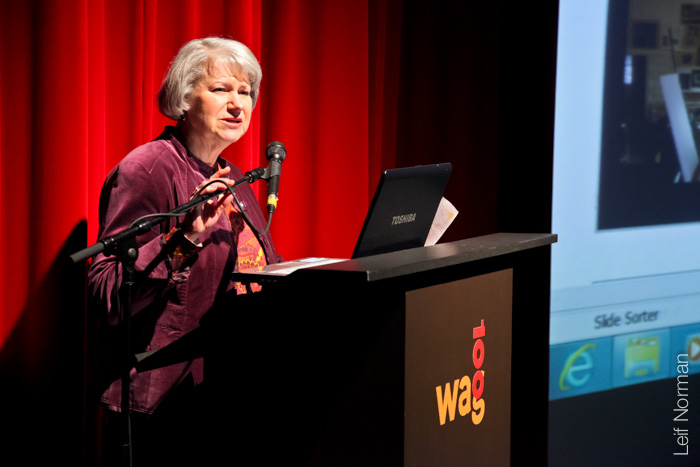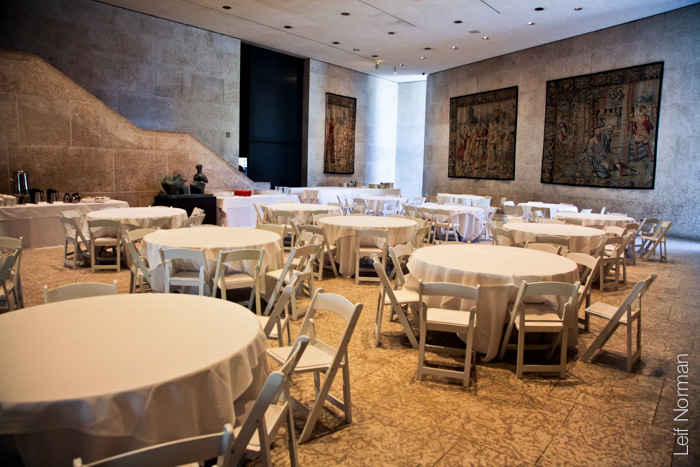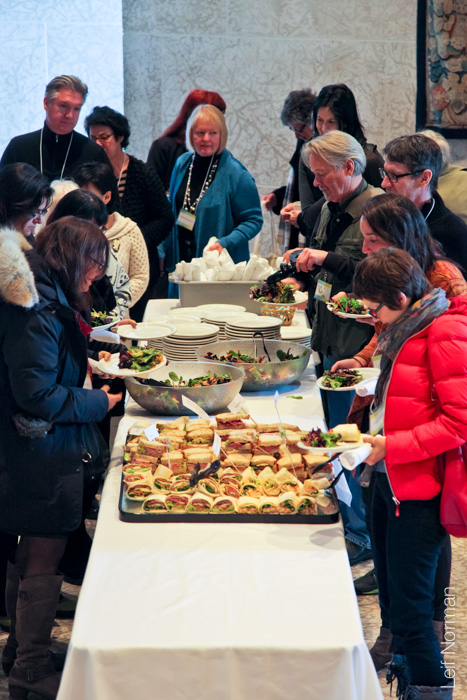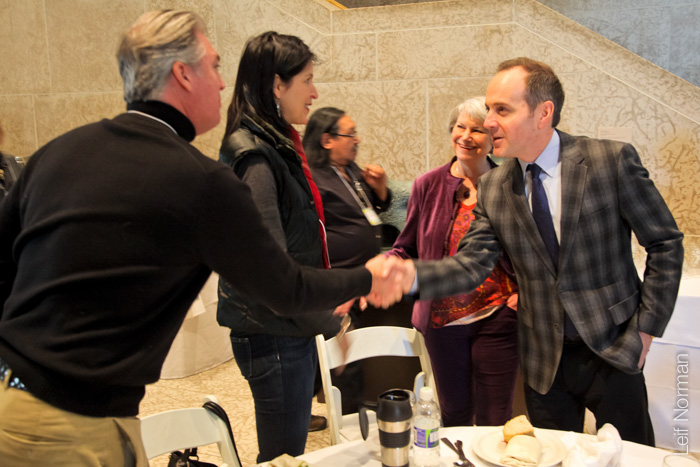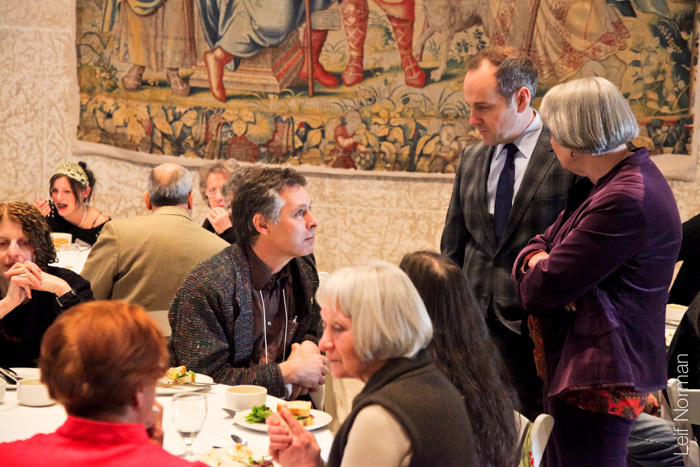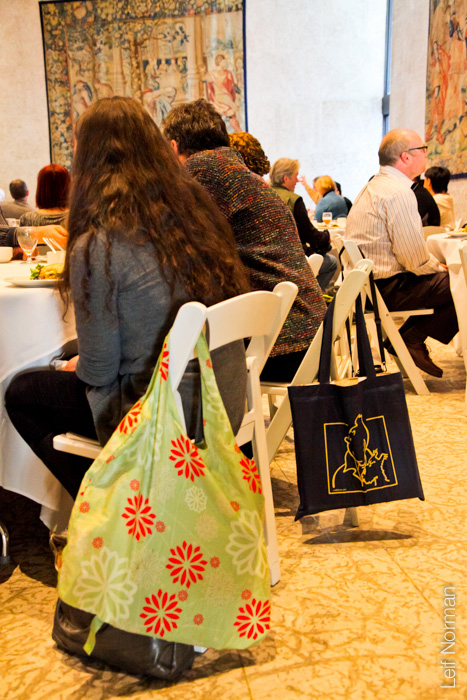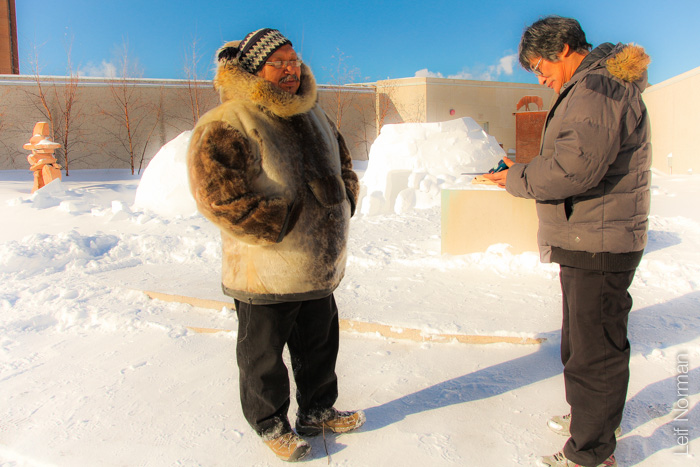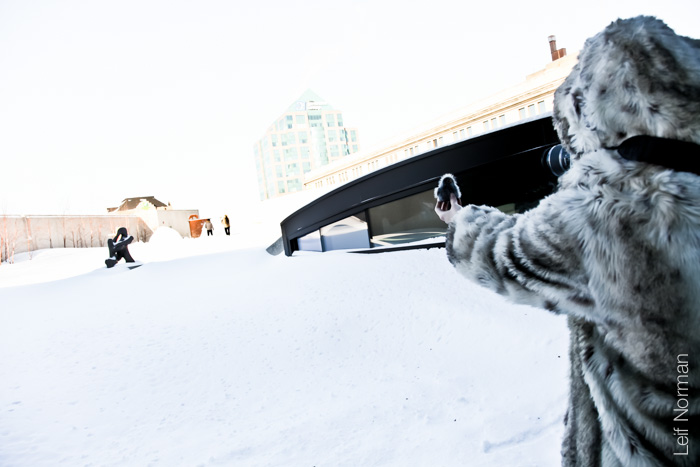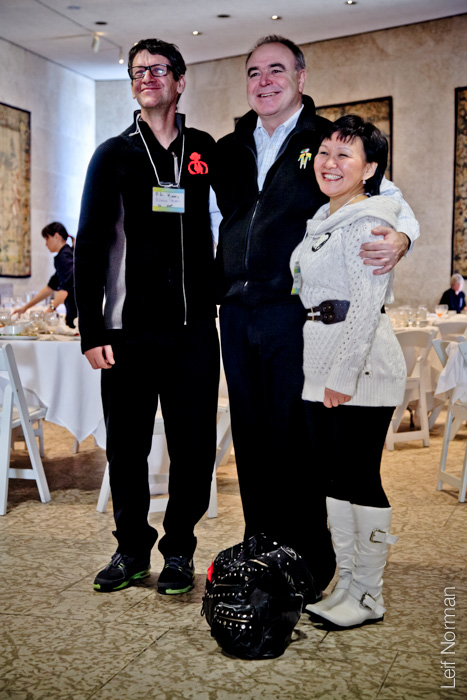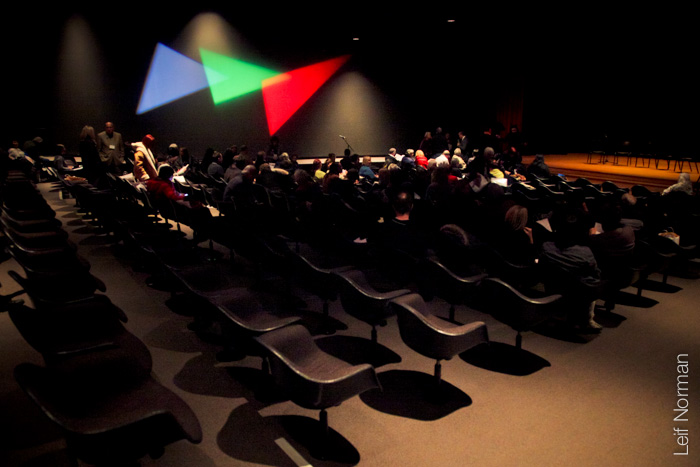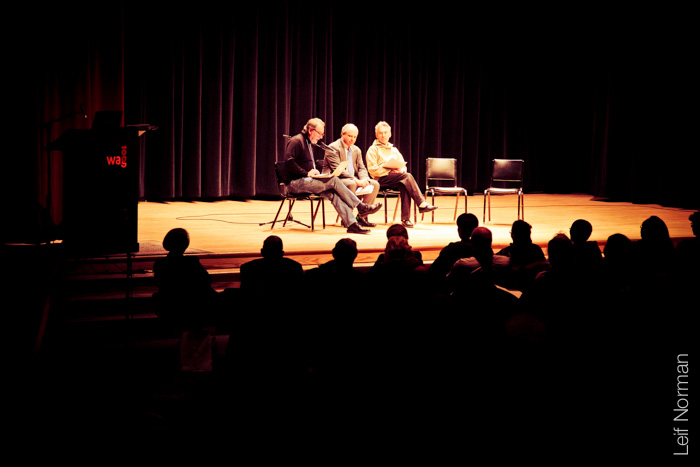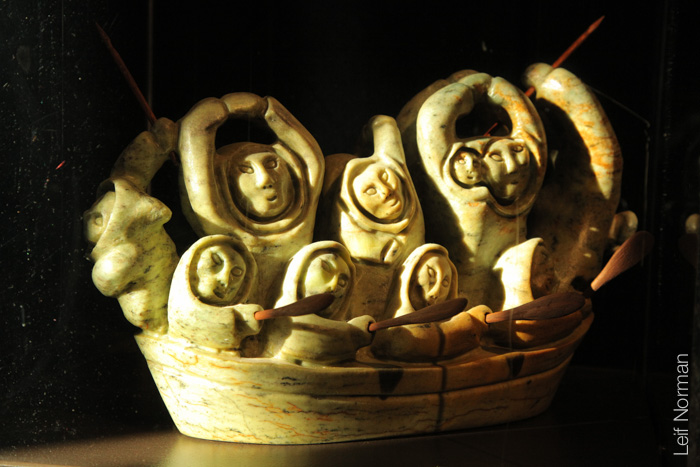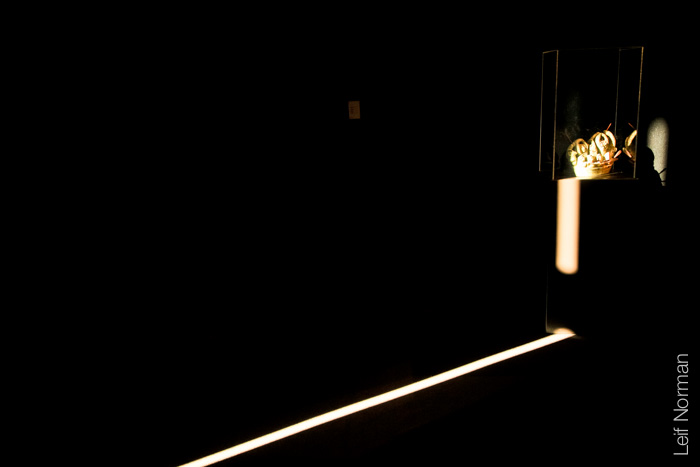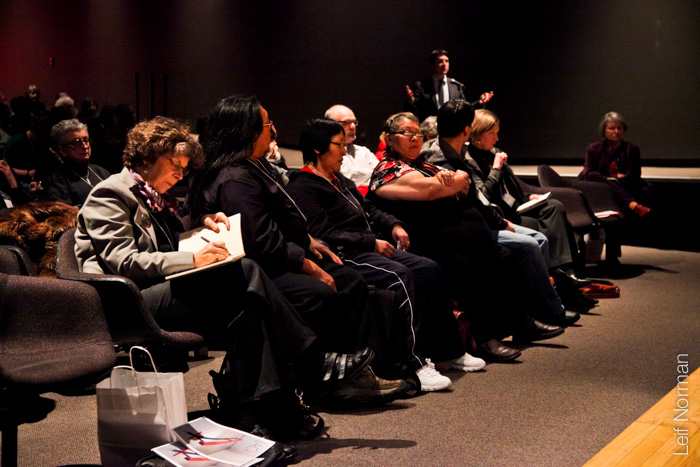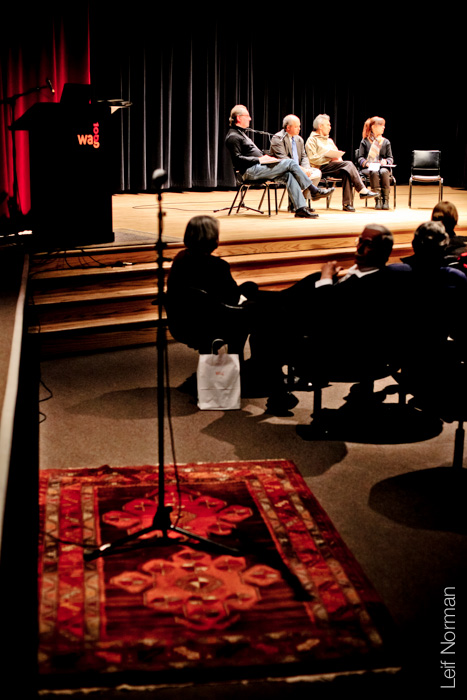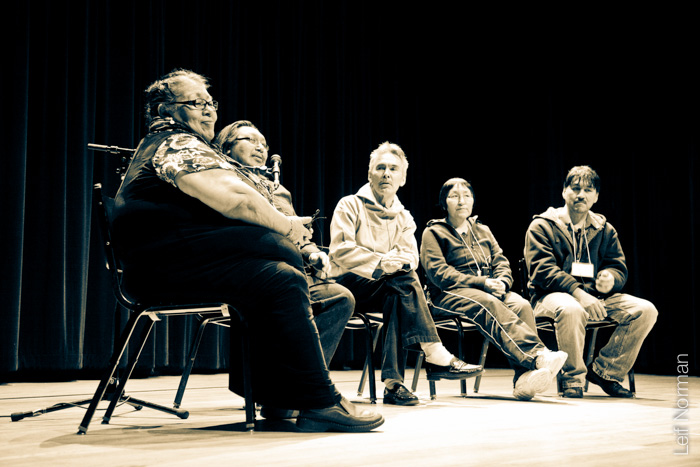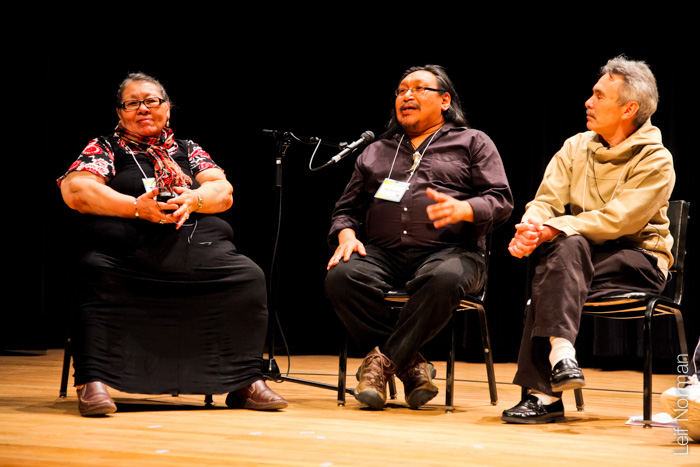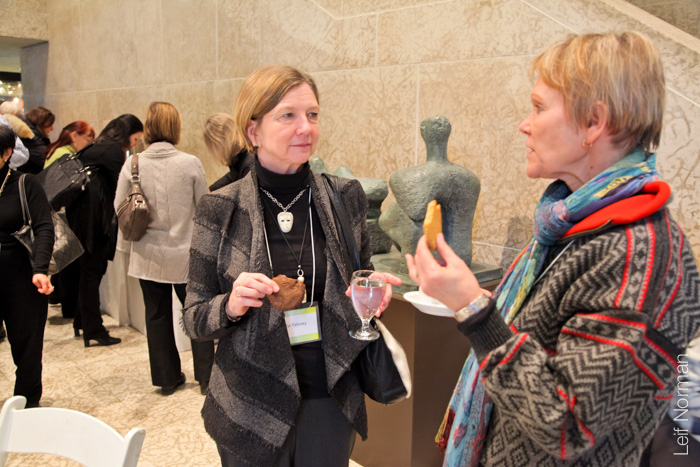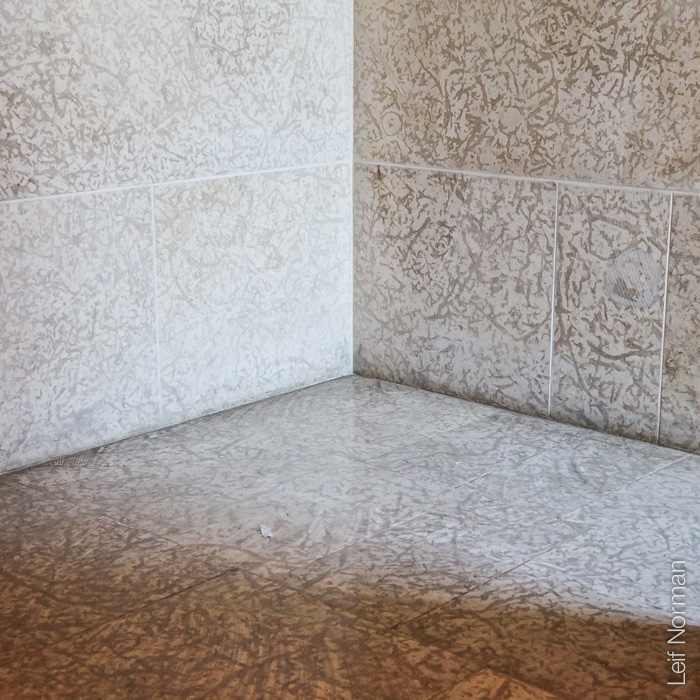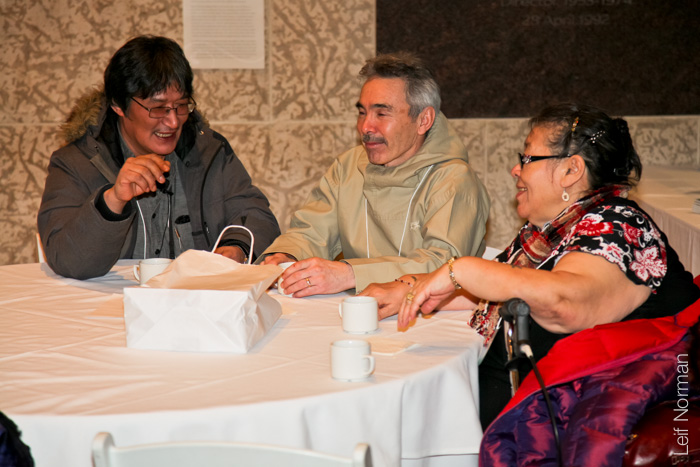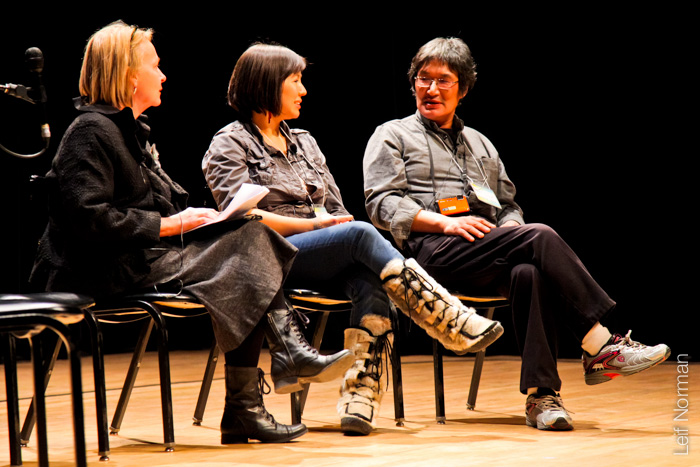Trajectories of Transformation: A Symposium on Inuit Art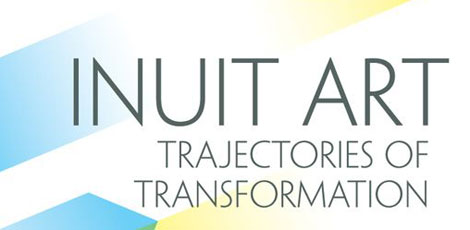
Winnipeg Art Gallery
Friday, January 25 from 9am to 5pm
Leading artists, art historians, and curators will gather at the WAG for a one-day symposium to discuss Inuit art and the transformation and defining moments that have shaped this area of Canadian art history. Led by Darlene Coward Wight, Curator of Inuit Art, it will feature presentations by contemporary artists Shuvinai Ashoona, Tim Pitseolak and Jamesie Pitsiulak, as well as talks by Ingo Hessel, Christine Lalonde (NGC), Norman Vorano (CMC), Bill Ritchie (Kinngait Studio, Cape Dorset Print Shop), and acclaimed filmmakers Zacharias Kunuk and Alethea Arnaquq-Baril.
This symposium is open to the public. Register online today!
- General Registration $75
- WAG member $55
- Student $30 (must show valid student ID – please fax a copy of your ID to the Education Assistant at 204.788.4998)
- Lunch ticket (optional) $15
- Special rates for artists are available.
Coffee and refreshments will be provided. Lunch is not included in the price of registration. It is an optional ticket at $15.
To view the event program, click here: Jan 2013 Inuit Symposium Program
For more information, please contact the Education Assistant at education@wag.ca or by calling 204.786.6641 ext. 227.

A fascinating look at the history of Inuit art over the past six decades, highlighting artistic developments, influential artists, and new media. Over 115 artworks drawn from the WAG’s collection of contemporary Inuit art, the largest in the world.
Unfortunately Shuvinai Ashoona could not make it to the Symposium because of stormy weather up north.
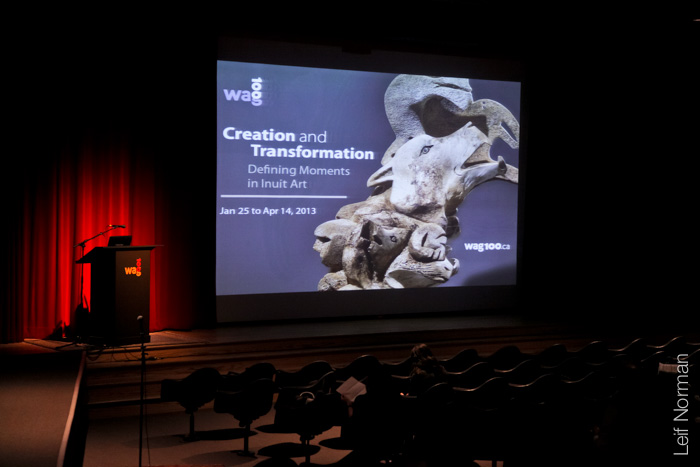
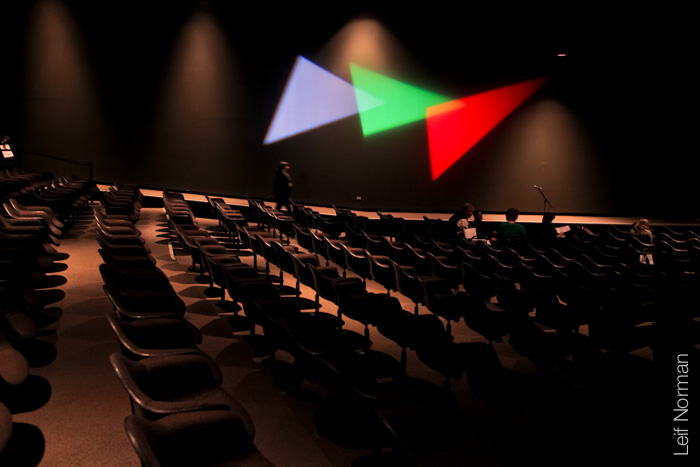
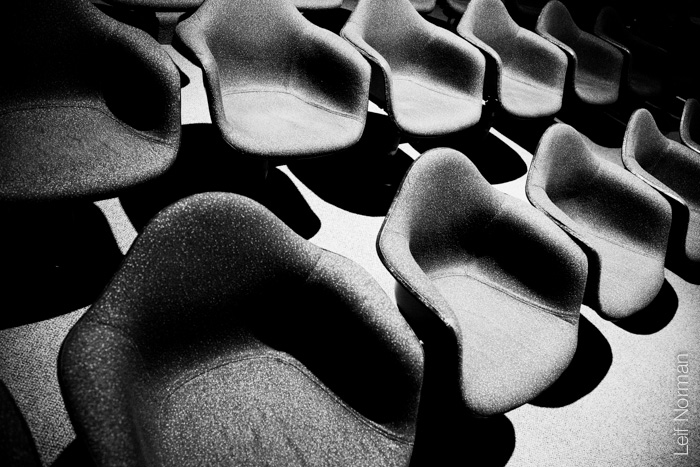
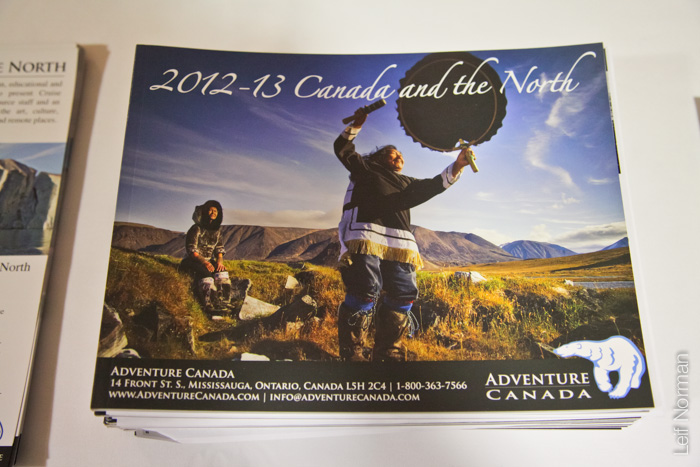
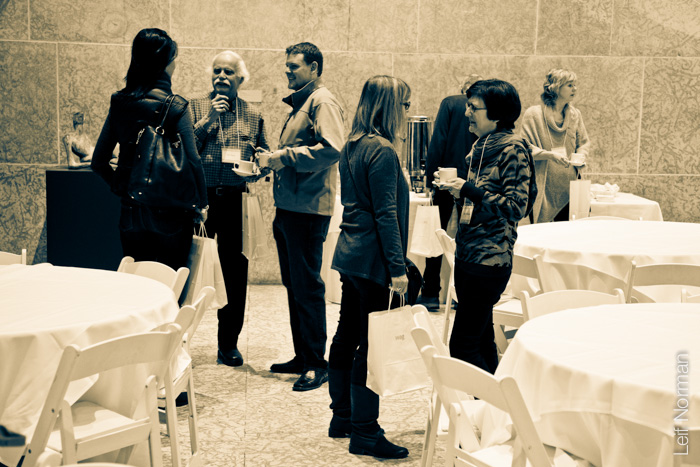
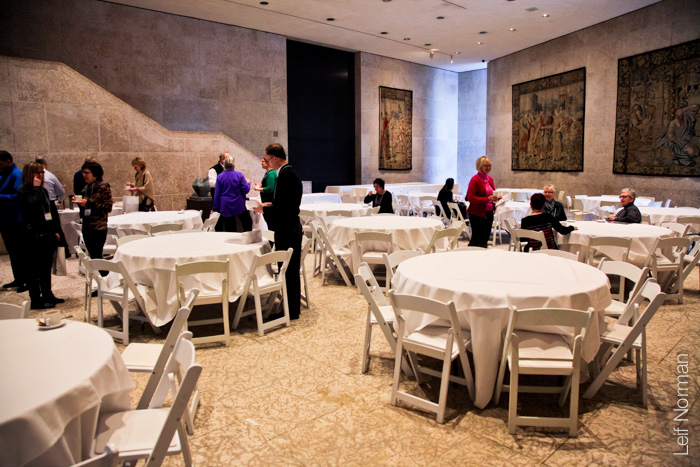
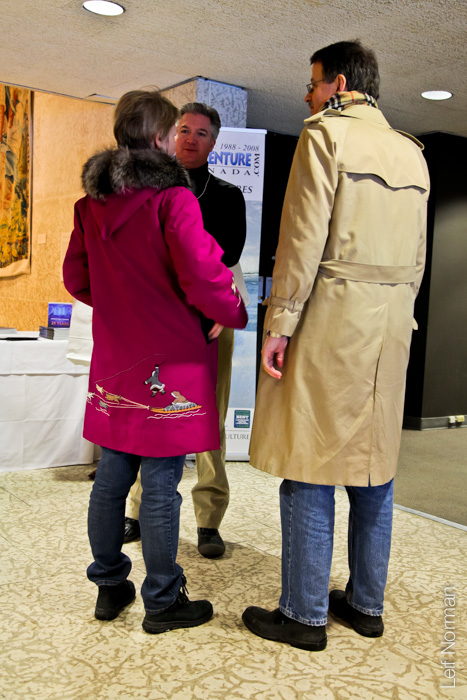
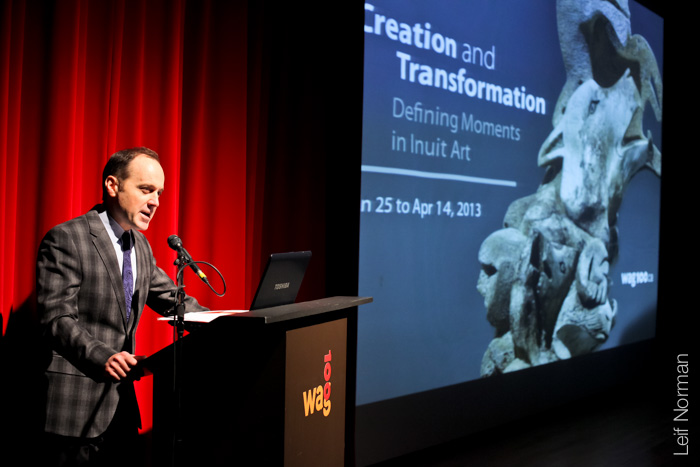
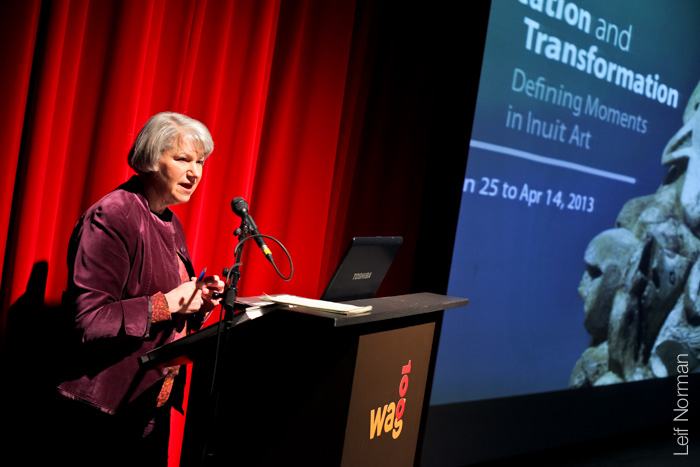
Darlene Coward Wight has researched and curated Inuit art for more than thirty years. After receiving a BA (Honours) in Art History and an MA in Canadian Studies from Carleton University in 1981, she began working for Canadian Arctic Producers, the central marketing agency for Inuit owned co-operatives in Nunavut and the Northwest Territories. During the next four years, she travelled to many Inuit communities, encouraging artists and providing advice to art producing co-operatives. Wight has been Curator of Inuit Art at the Winnipeg Art Gallery since 1986 and in that time has curated seventy-five exhibitions and given lectures across Canada and the United States. Research for her exhibitions has often been conducted in Arctic communities in Nunavut, Nunavik, and the Northwest Territories. Exhibitions she’s curated have toured throughout Canada and in Europe, including Verona, Italy; Thessaloniki, Greece; and Monaco. Her exhibition research has been published in numerous articles and small publications and in twenty exhibition catalogues. She holds an honorary doctorate from the University of Manitoba.
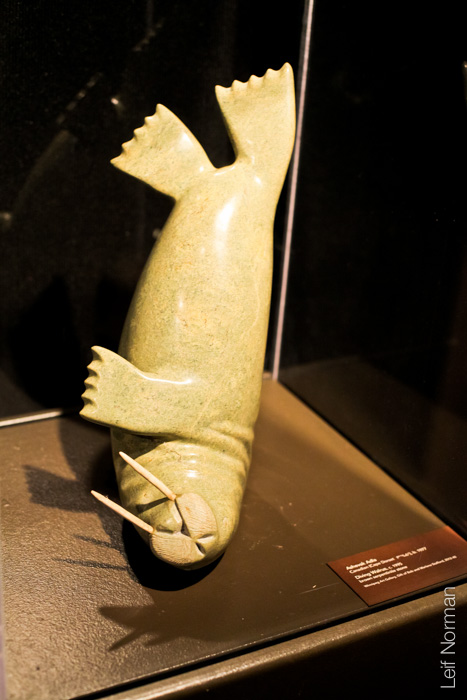
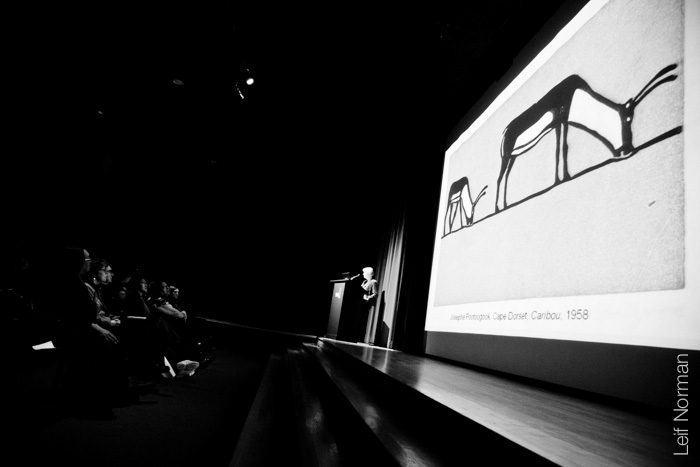
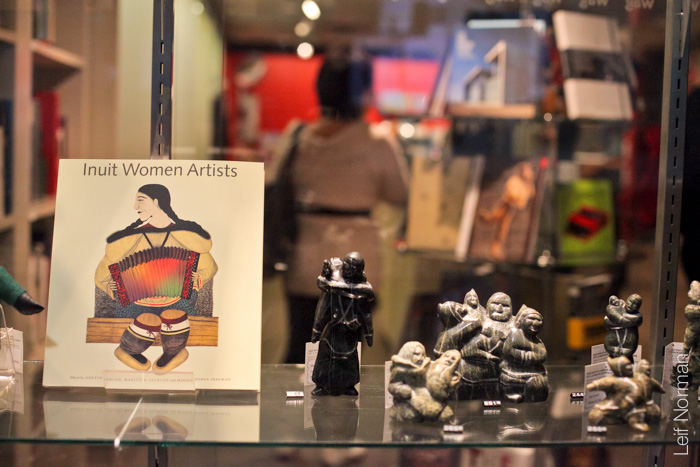

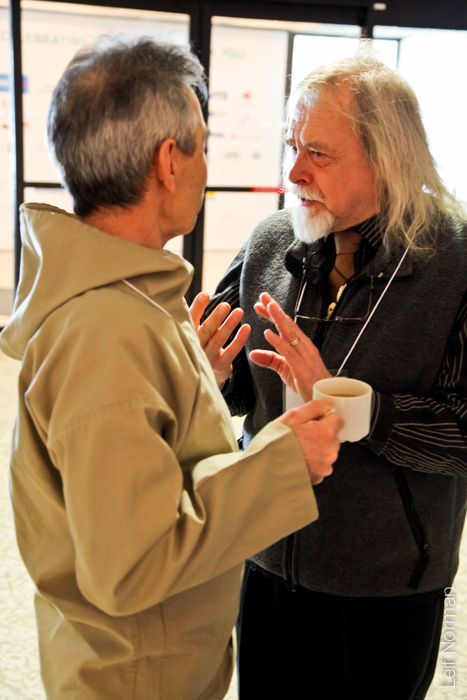
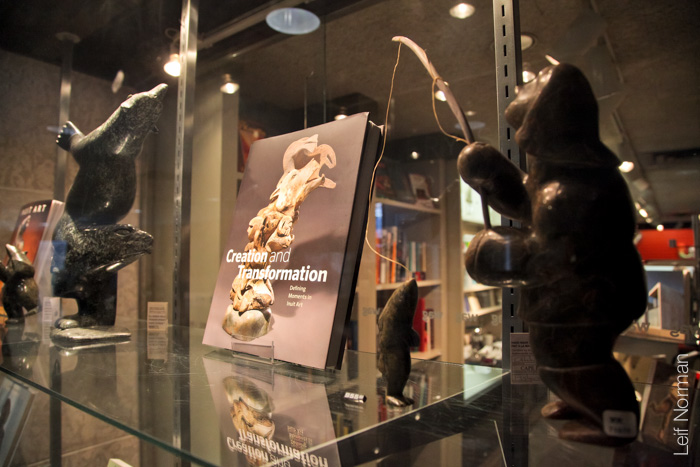
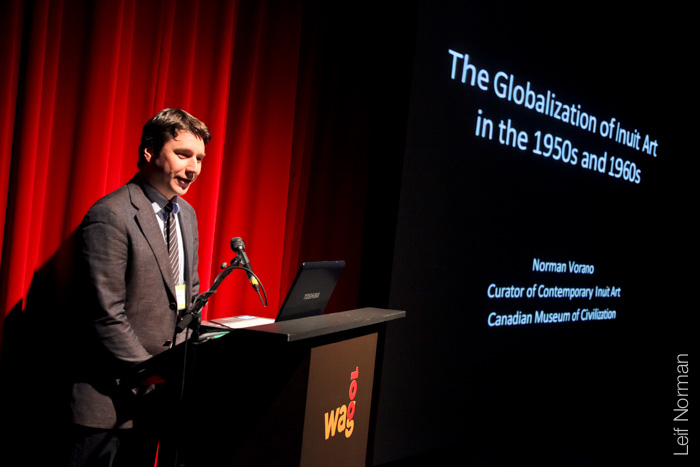
Norman Verano is the Curator of Contemporary Inuit Art at the Canadian Museum of Civilization in Ottawa. He completed his PhD in Visual and Cultural Studies at the University of Rochester and has taught at Concordia University and Carleton University. His most recent book and nationally touring exhibition, Inuit Prints, Japanese Inspiration: Early Printmaking in the Canadian Arctic (2011), examined the role played by Japanese prints in the early years of the print studio in Cape Dorset in the late 1950s. He is on the board of the Native American Art Studies Association and is a fellow of the Royal Canadian Geographic Society.
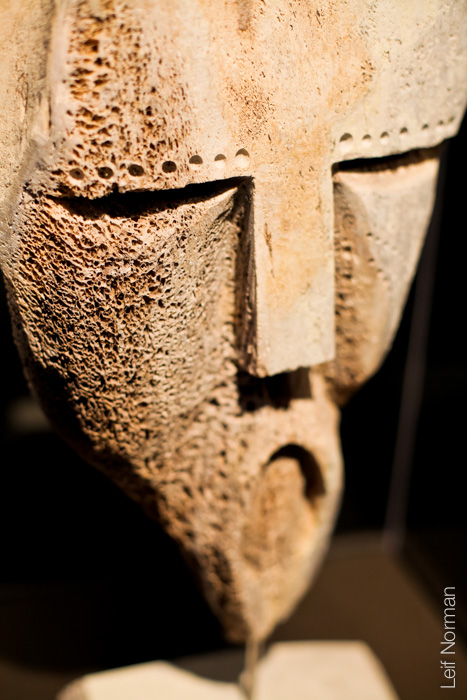

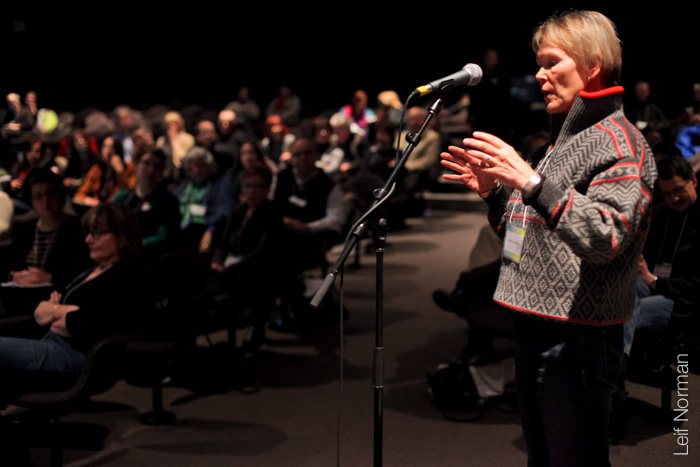
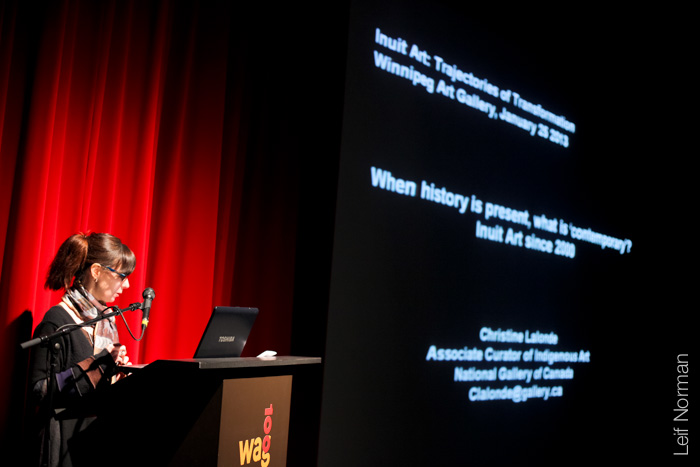
Christine La londe is a curator and art historian who has worked with Inuit artists since the mid-1990s and is currently the Associate Curator of Indigenous Art at the National Gallery of Canada in Ottawa. Her many exhibition projects have advanced the understanding of Inuit art and represent a balance between theory and practice, between commemorating the artistic accomplishments of Inuit artists and raising awareness of critical issues. Her notable projects include Artists in the Arctic (2003), Inuit Sculpture Now (2005), and Uuturautiit: Cape Dorset Celebrates 50 Years of Printmaking (2009). A regular contributor to Inuit Art Quarterly since 1995, Lalonde has also written extensively for journals, anthologies, and exhibition catalogues, such as Framing Our Past: Canadian Women’s History in the Twentieth Century (2001); On Aboriginal Representation in the Gallery (2002); and Inuit Modern: The Samuel and Esther Sarick Collection (2010).
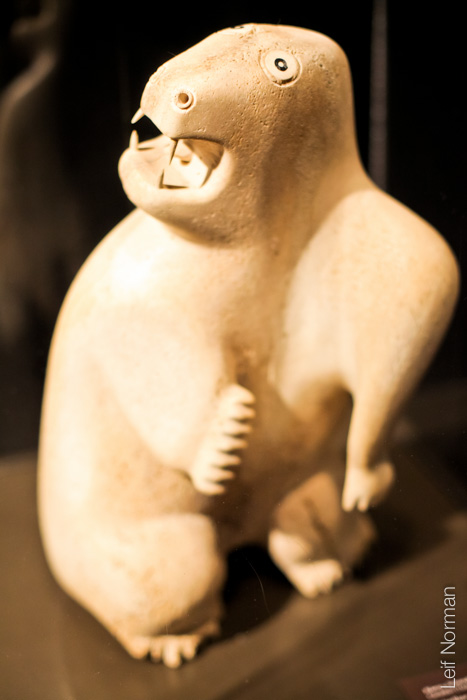
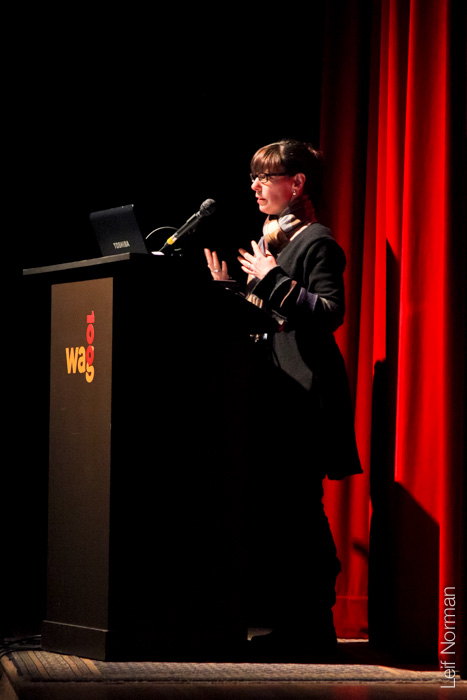
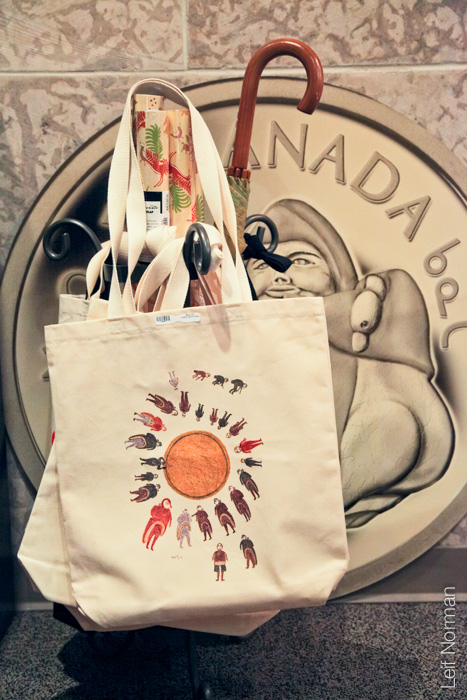
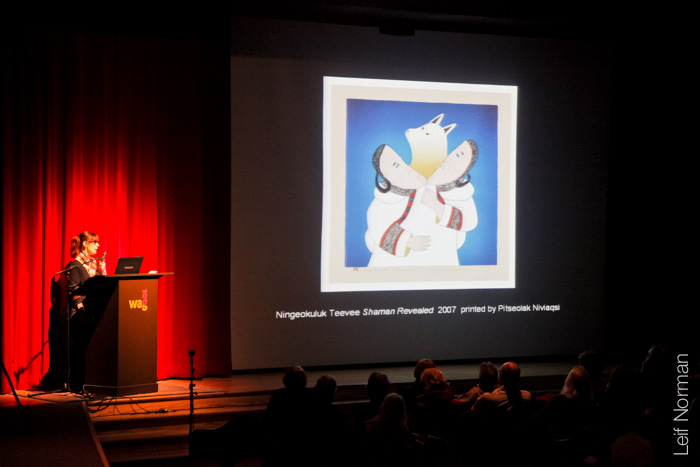
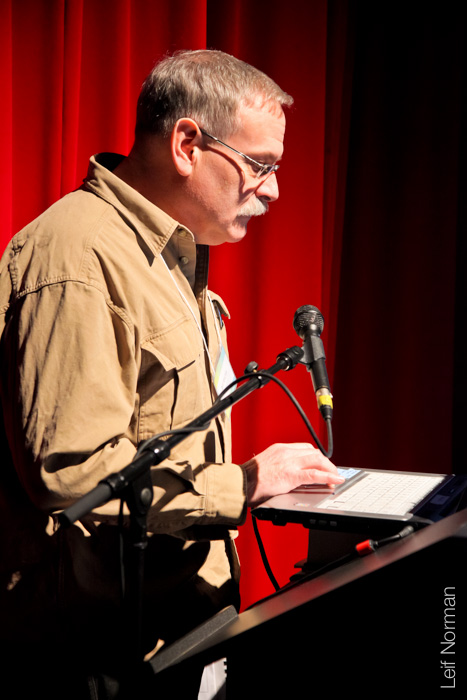
William Ritchie is an internationally exhibited visual artist and Master Printer in lithography. Since 1988 he has been arts advisor to Kinngait Studios, Cape Dorset and in 2009 was appointed Studio Manager. Ritchie holds a BFA from the Nova Scotia College of Art and Design and is a graduate of the Professional Printers Program, Tamarind Institute, Albuquerque, New Mexico. He has lived and traveled extensively in the eastern Arctic including six years in Nain Labrador. There he worked with the local craft council on product development and establishment of the community craft shop. He learned how to live on the land, hunting and trapping with Nain artist Gilbert Hay and his extended family.
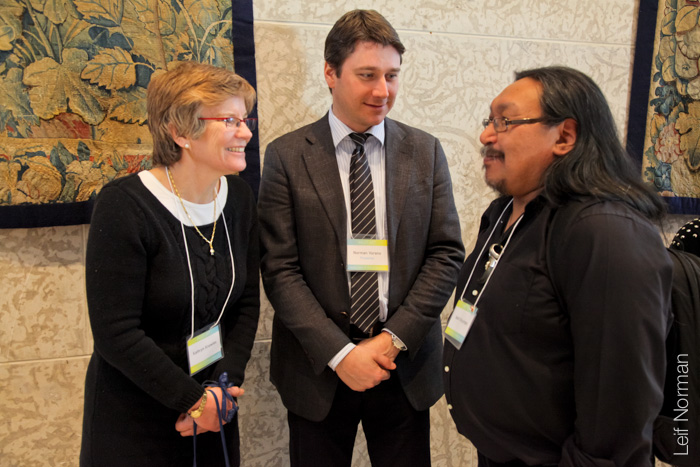

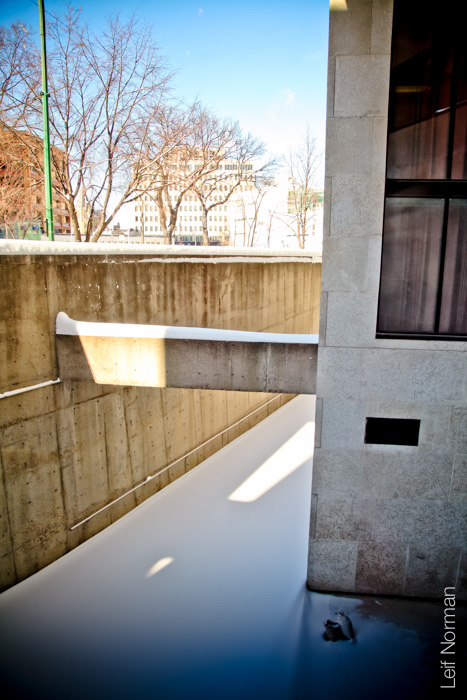
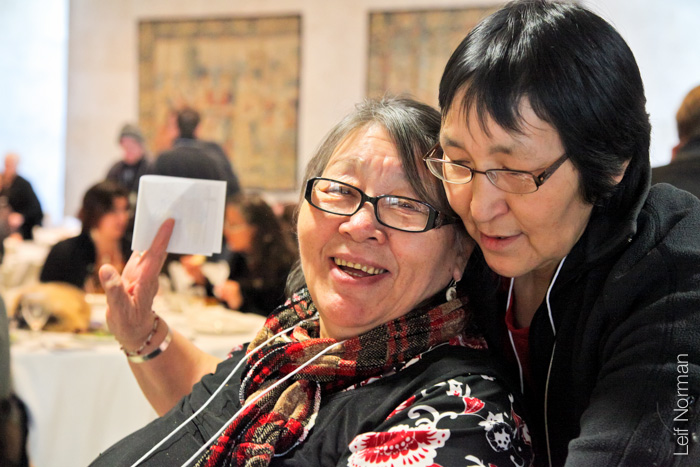
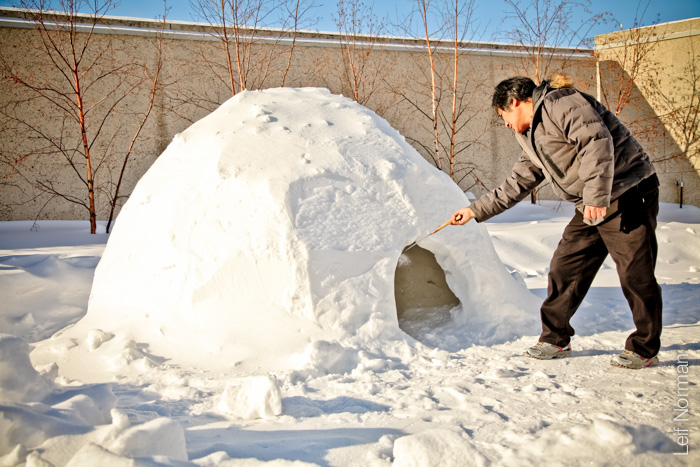
Zacharias Kunuk is one of Canada’s most celebrated filmmakers. His film Atanarjuat: The Fast Runner was the first Inuktitut language feature film ever made and has since won numerous awards, including the Caméra D’or at the Cannes Film Festival in 2002; six Genie awards, including Best Picture and Best Director; and was voted one of the most important Canadian films ever made by the Toronto International Film Festival. For this work, Kunuk was made an Officer of the Order of Canada in 2002. A second feature film, The Journals of Knud Rasmussen, was completed in 2006. Kunuk has also created short subject documentaries such as Angakkuiit (Shaman Stories) (2003), Kiviaq Versus Canada (2006), Qapirangajuq: Inuit Knowledge and Climate Change (2010) and Sirmilik (2012). Sirmilik, a film on Sirmilik National Park, won the 2012 Genie award for Best Short Documentary. Kunuk is also the co-founder and president of Kingulliit Productions Inc.
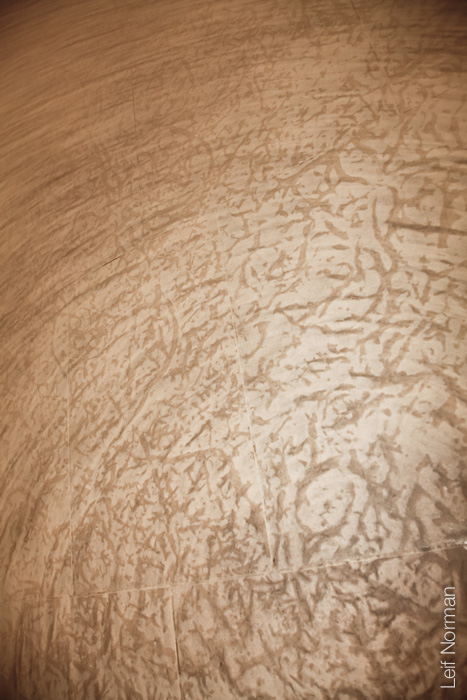
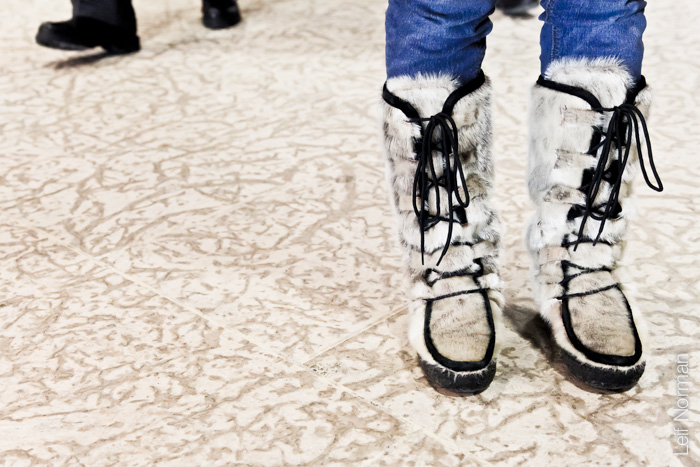
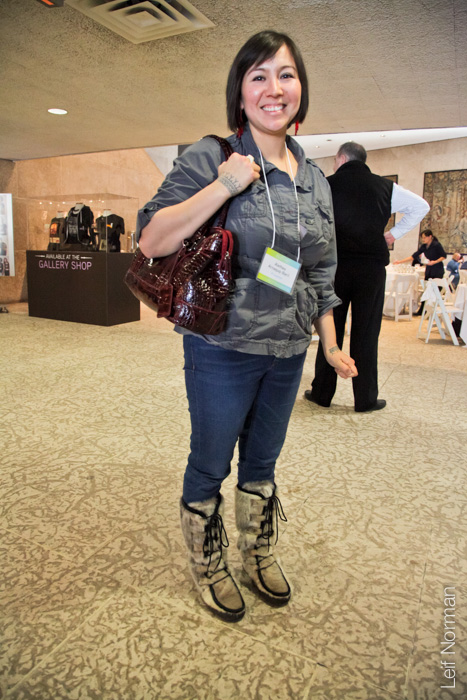
Alethea Arnaquq-Baril is an Inuit filmmaker from the Canadian arctic where she runs Unikkaat Studios Inc. In her recent APTN documentary Tunniit: Retracing the Lines of Inuit Tattoos (ImagineNATIVE 2011, Bay Street Film Festival 2011 – People’s Choice Award, Ajjiit Media Awards – Acheivement in Directing and Achievement in Writing) Alethea traveled across the arctic to speak with elders about Inuit tattoo practices and the causes of their near disappearance, before getting her own traditional face tattoos. Previously Arnaquq-Baril has worked with APTN, CBC, CTV and others. Arnaquq-Baril directed the well-traveled short Inuit High Kick with Inuit Communication Systems Ltd, and co-produced with White Pine Pictures Experimental Eskimos, a Barry Greenwald feature documentary which premiered at Hot Docs, and won the DGC Allan King Award in 2010. Arnaquq-Baril also directed the NFB animation Lumaajuuq: The Blind Boy and the Loon, which won best Canadian Short Drama at the imagineNATIVE 2010 festival in Toronto and the Golden Sheaf Award for Best Aboriginal film at the Yorkton Film Festival 2011. Most recently, she was an executive producer on Throat Song, which premiered at TIFF 2012, and won Best Canadian Short Drama at ImagineNATIVE 2012.
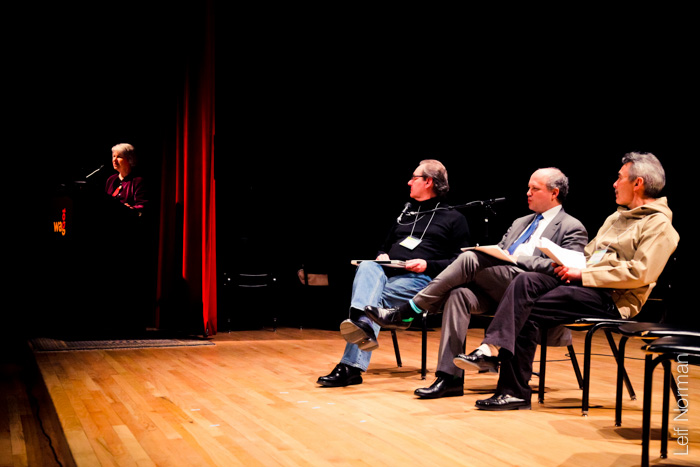
http://www.nunatsiaqonline.ca/stories/article/65674independent_inuit_art_org_abruptly_shuts_down/
“Inuit Art Foundation rises from its death-bed
“Things are going to resume as quickly as possible”
SAMANTHA DAWSON

The last edition of the Inuit Art Quarterly will not be its final edition, according to plans underway at the Inuit Art Foundation.
After abruptly shutting down this past March, the Inuit Art Foundation established a new, rejuvenated board during a meeting in Iqaluit, IAF chair Barry Appleton said Dec. 5.
The foundation, which for 27 years supported Inuit art and artists through its Ottawa shop and the Inuit Art Quarterlymagazine, folded after it received a mixed review from the federal government.
This review recommended that the department of Aboriginal Affairs and Northern Development take a second look at the foundation, which received a $458,000 yearly grant from the department. The money accounted for 40 to 45 per cent of the IAF’s annual revenues.
But many letters of support from the North and South have turned the situation around, said Appleton, who has collected Inuit art for over 30 years.
“People [are] saying that they really want the Inuit Art Foundation to continue on to support Inuit artists and Inuit art and to also revive the Inuit Art Quarterly magazine, which is the only scholarly magazine in the world devoted entirely to Inuit art,” he said.
So far, the IAF’s new board consists of a new president Jimmy Manning of Cape Dorset, and directors Okpik Pitseolak, Mathew Nuqingaq, Sammy Kudluk, David Ruben Piqtoukun, Helen Rose Kaloon, Patricia Feheley, Ingo Hessel and Appleton.
Some of the previous board members stayed on, while others dropped off.
“[But] it’s a very impressive board with senior well-known respected artists,” Appleton said.
A vast majority of the board are Inuit artists and “people connected entirely with the Inuit art community.”
All board members have a long-standing connection to Inuit art, Appleton added.
“We have a lot of work to do but in true Inuit fashion everyone worked together and found a consensus today and we think that’s going to be very important,” he said.
Now, applications have been made to John Duncan, minister of Aboriginal Affairs and Northern Development, to request funding to allow the foundation to continue, with Nunavut MP Leona Aglukkaq copied on the application, Appleton said.
When board members decided in March they were going to close up, “it was quite a substantial operation to be able to get the board to reconsider their options, then to be able to go and proceed to make applications to the federal government for funding,” he said.
The IAF had no current funding because they hadn’t made an application.
However, the foundation is starting the process of bringing back the Inuit Art Quarterly.
“We were so upset when the Inuit Art Quarterly was gone we had to do something to try to help,” Appleton said.
“I had messages from Kenojuak Ashevak, who’s probably the most elder of the Canadian Inuit artists in Cape Dorset, asking us to take steps to preserve the magazine to help younger generations know about Inuit art and to help collectors know more about Inuit art,” he said.
The magazine helps improve prices for the producers of Inuit art, helps market Inuit art on a global basis and helps put the important and academic nature of Inuit art to galleries and museums.
“Without having that there was nothing that could make that information available,” Appleton said.
But the foundation’s closing in March had more to do with a worry that people weren’t as interested in Inuit art than it had to do with money.
The money was available, but “it was that the directors decided that people weren’t as interested,” Appleton said, adding that a popular swell of interest brought people together to show community commitment to the IAF.
“That’s what really made the difference, so it wasn’t that it was just money, the Inuit Art Foundation was worried about money, it was really the show of support from the North and from the South that made the difference,” he said.
Appleton said the IAF is delighted it can continue.
“The members of the board are very excited about this, because those directors that had voted to close the foundation really did so reluctantly and now because of all the support they’ve seen from around the world, they really want to be in a position to resume operations and we’ll be doing that immediately.”
In addition to working on a new magazine, which is due to appear in the spring, the IAF has also launched a new website.
Appleton said “things are going to resume as quickly as possible because it’s really important that the Inuit Art Foundation not lose its momentum to be able to support Inuit arts and Inuit artists.”
The next step now is to wait for the response from the federal government, he said.”

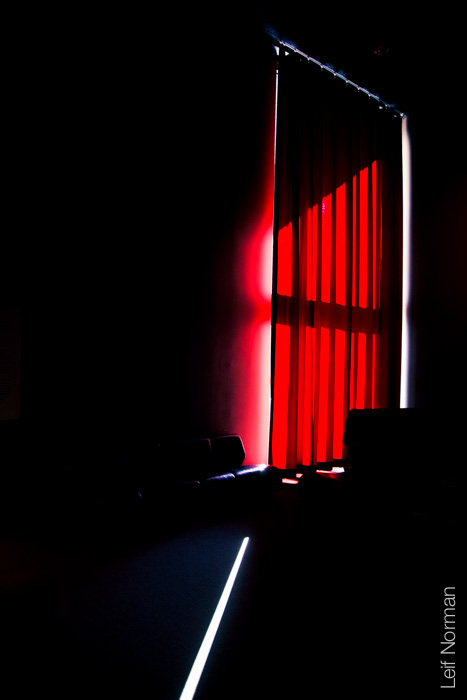

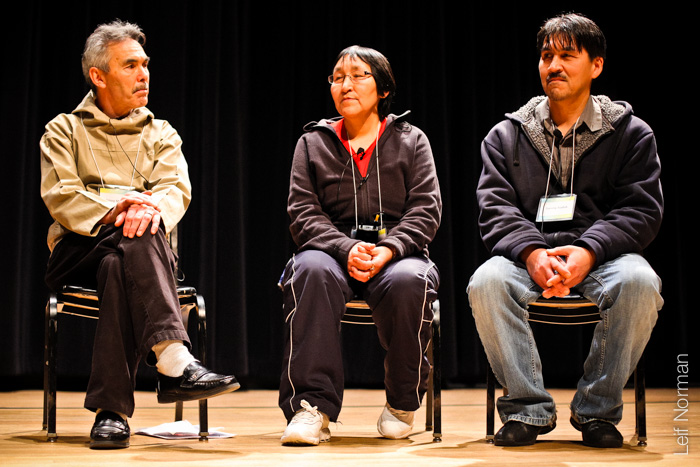
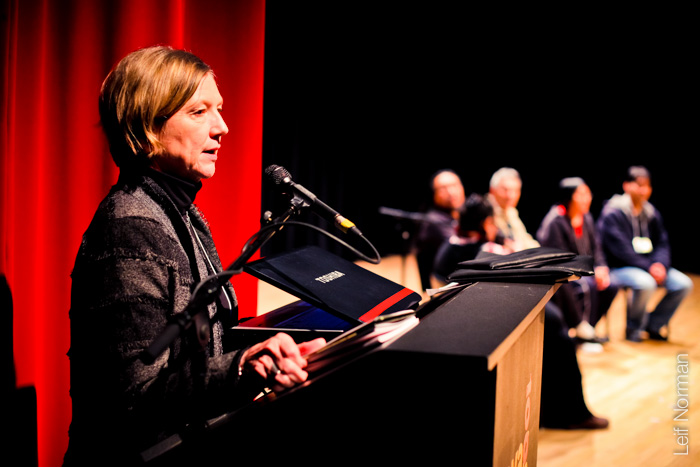
http://www.feheleyfinearts.com
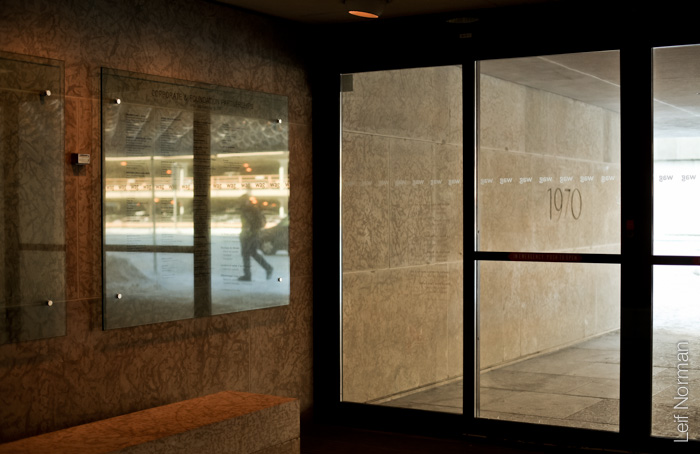
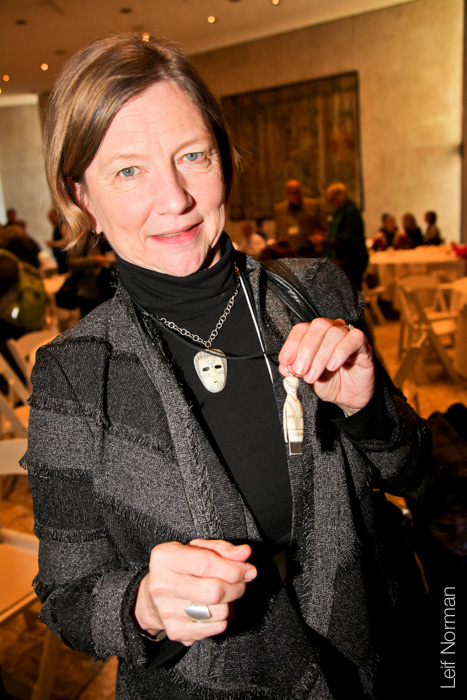
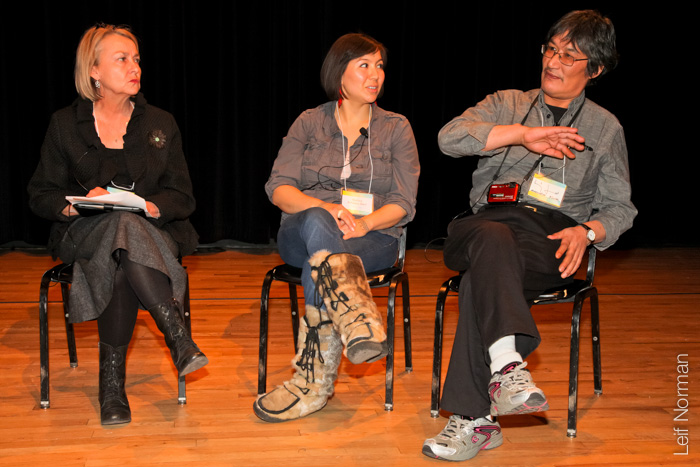
in conversation with Cheryl Ashton, Q&A
